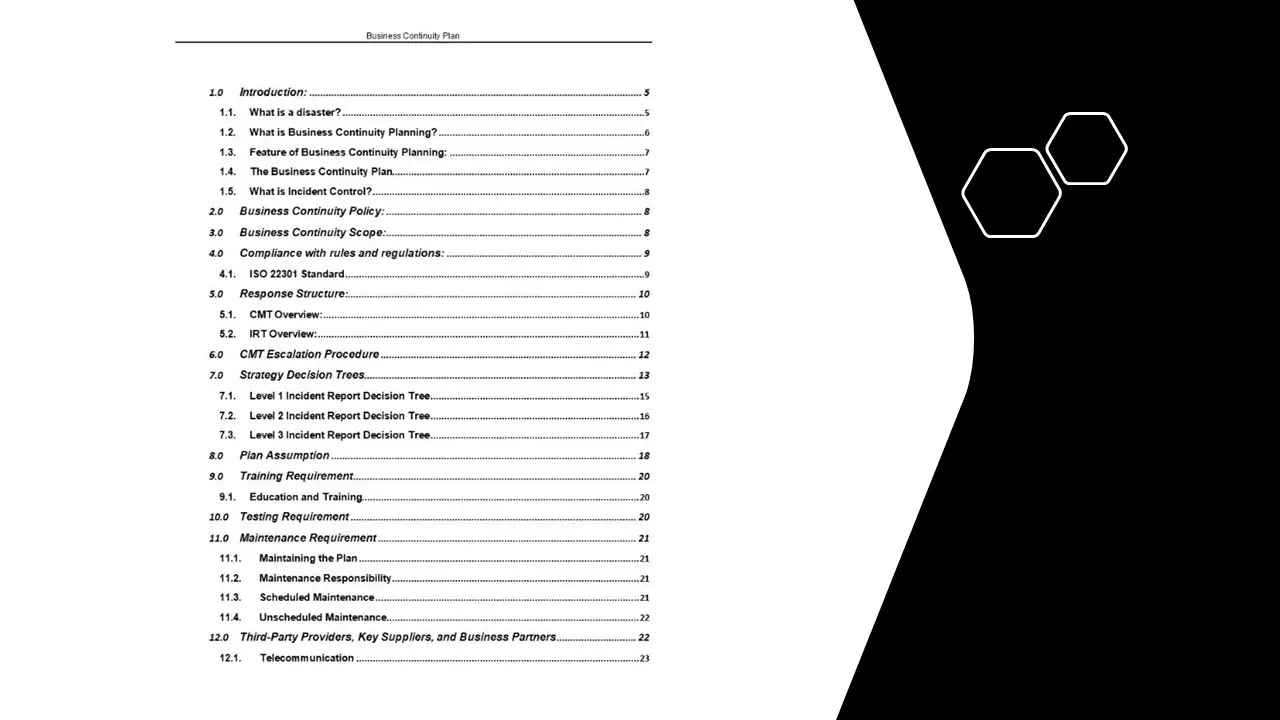Data Classification Reference Guidelines
In the ever-evolving landscape of information security, where the stakes are higher than ever, the “Data Classification Reference Guidelines” emerge as a beacon of clarity and protection. This indispensable tool, identified by the code 8022, is meticulously crafted to guide organizations in the intricate process of classifying cardholder data based on sensitivity and risk. As cyber threats loom large and the regulatory environment becomes increasingly stringent, these guidelines are not just a recommendation but a necessity for any entity handling sensitive information.
At the heart of the Data Classification Reference Guidelines lies a comprehensive framework that demystifies the complexities of data classification. It provides a structured approach to identifying and categorizing cardholder data, ensuring that organizations can effectively manage and protect their most valuable asset—information. By adhering to these guidelines, businesses can align themselves with the best practices in Information Security and meet the rigorous standards set by PCI-DSS, the Payment Card Industry Data Security Standard.
One of the key features of these guidelines is their adaptability. They are designed to be applicable across all products, making them a versatile tool for any organization, regardless of size or industry. Whether a company is just beginning its journey in data protection or is looking to refine its existing processes, the Data Classification Reference Guidelines offer a tailored approach that can be seamlessly integrated into existing security protocols.
The benefits of implementing these guidelines are manifold. First and foremost, they provide a robust defense against data breaches, which can have catastrophic financial and reputational consequences. By classifying data according to its sensitivity and risk, organizations can prioritize their security efforts, ensuring that the most critical information is afforded the highest level of protection. This proactive approach not only safeguards against potential threats but also enhances the overall security posture of the organization.
Moreover, the Data Classification Reference Guidelines serve as a valuable tool for compliance. In an era where regulatory requirements are becoming increasingly complex, these guidelines offer a clear path to achieving and maintaining compliance with PCI-DSS standards. This not only helps organizations avoid costly fines and penalties but also builds trust with customers and stakeholders, who can be confident that their data is being handled with the utmost care and responsibility.
The value proposition of the Data Classification Reference Guidelines is clear: they empower organizations to take control of their data security, providing a roadmap to navigate the challenges of the digital age. By implementing these guidelines, businesses can not only protect their sensitive information but also gain a competitive edge in the marketplace. In a world where data is the new currency, the ability to manage and secure it effectively is a critical differentiator.
In conclusion, the Data Classification Reference Guidelines are more than just a set of instructions—they are a strategic asset for any organization committed to safeguarding its data. With their comprehensive approach to data classification, alignment with industry standards, and focus on risk management, these guidelines are an essential component of any robust information security strategy. As the digital landscape continues to evolve, the importance of such tools cannot be overstated, making the Data Classification Reference Guidelines an invaluable resource for any organization looking to thrive in the modern world.
All GovernanaceDocs documents are developed based on well-known standards such as NIST CSF, ISO 27001, ISO 22301, PCI-DSS and HIPAA.
Hence, You just need to download and selected document and add your company name and logo.










Reviews
There are no reviews yet